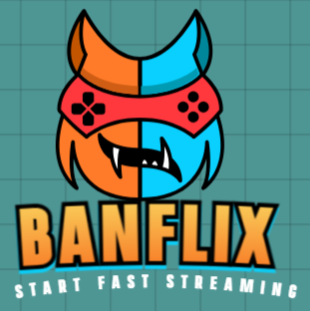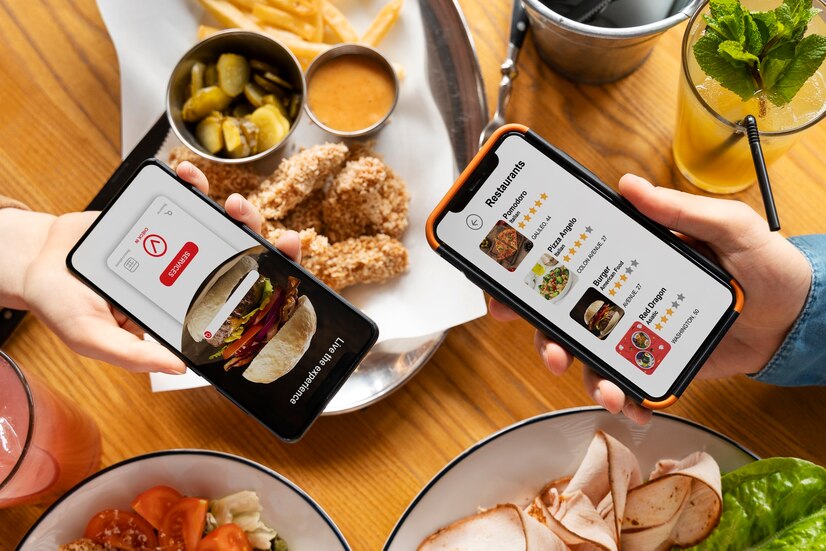In recent years, food delivery apps have become an essential part of the service industry, transforming the way people order and consume meals. With the surge in demand, many businesses are exploring the idea of launching their own food delivery applications. However, the process comes with several decisions to make, especially when it comes to choosing between native and cross-platform development. The choice impacts both the functionality of the app and the overall mobile app development cost. Let’s delve into the key differences and cost implications of these two approaches.
Understanding Native and Cross-Platform Development
Before we dive into the costs, it’s important to understand the fundamental differences between native and cross-platform development.
- Native Development
- Native apps are built specifically for a single platform, such as iOS or Android, using programming languages like Swift or Objective-C for iOS, and Kotlin or Java for Android.
- These apps are designed to take full advantage of the platform’s features and capabilities, resulting in superior performance and user experience.
- Cross-Platform Development
- Cross-platform apps are built using frameworks like Flutter, React Native, or Xamarin, enabling a single codebase to work on multiple platforms.
- While these apps might not achieve the same level of optimization as native apps, they are often faster and more cost-effective to develop.

Factors Influencing Food Delivery App Development Costs
The cost of developing a food delivery app largely depends on several factors, including the complexity of the app, the features required, and the choice between native and cross-platform development. Here are some key aspects to consider:
- App Features and Functionalities
- Basic Features: Features like user registration, menu browsing, cart management, and order tracking are essential for any food delivery app. These are typically included in both native and cross-platform apps.
- Advanced Features: Integrations like AI-driven recommendations, real-time delivery tracking, and in-app chat require additional time and expertise, increasing development costs.
- Design and User Interface (UI/UX)
- A sleek and intuitive design is critical for user engagement. Native development allows for platform-specific UI designs, while cross-platform development relies on a universal design approach.
- Depending on the level of customization, design costs can vary significantly.
- Backend Development
- The backend handles data storage, user authentication, and server interactions. Regardless of the approach, a robust backend is vital for seamless functionality.
- Backend development costs are generally platform-independent but may increase with complex integrations.
- Testing and Quality Assurance (QA)
- Testing ensures the app is free of bugs and performs well across devices. Native apps require separate testing for each platform, while cross-platform apps reduce this effort by testing a single codebase.
- Maintenance and Updates
- Post-launch maintenance is crucial for app success. Native apps often have higher maintenance costs due to separate updates for each platform, while cross-platform apps can streamline this process.

Cost Comparison: Native vs. Cross-Platform Development
Here’s a closer look at the cost implications of native and cross-platform development for a food delivery app:
- Development Time
- Native apps require separate development for iOS and Android, doubling the effort and time needed.
- Cross-platform development uses a single codebase, significantly reducing the development timeline.
- Cost Impact: Shorter development time in cross-platform projects translates to lower mobile app development cost, making it an attractive option for startups and small businesses.
- Performance and Optimization
- Native apps deliver superior performance and seamless integration with platform-specific features like GPS, camera, and push notifications.
- Cross-platform apps may experience minor performance trade-offs, especially for resource-intensive features.
- Cost Impact: Businesses prioritizing top-tier performance might lean towards native development despite the higher costs.
- Initial Development Costs
- Native development incurs higher initial costs due to the need for separate teams and expertise for each platform.
- Cross-platform development offers a cost-effective alternative with a unified development process.
- Cost Impact: For companies looking to minimize upfront expenses, cross-platform development is often more budget-friendly.
- Scalability and Future Updates
- Native apps offer better scalability, allowing developers to tailor features specifically for each platform’s advancements.
- Cross-platform updates are easier to implement but may face limitations if new platform-specific features are required.
- Cost Impact: Long-term scalability needs might offset the initial savings of cross-platform development.
Choosing the Right Development Approach
The choice between native and cross-platform development depends on your business goals, target audience, and budget constraints. Here are some scenarios to guide your decision:
- Opt for Native Development if:
- Your primary goal is to deliver a high-performance, platform-specific user experience.
- You have a larger budget and the resources to manage separate development teams.
- Your app requires complex features and integrations that demand platform-specific capabilities.
- Opt for Cross-Platform Development if:
- You’re looking to launch your app quickly and on a tight budget.
- Your target audience spans multiple platforms, and you want a cost-effective way to reach them.
- The app’s functionality is relatively simple and doesn’t rely heavily on platform-specific features.

Partnering with a Food Delivery App Development Company
Whether you choose native or cross-platform development, collaborating with a reputable food delivery app development company is crucial. These companies bring expertise and industry insights to ensure your app aligns with market trends and user expectations.
A professional development company can help you:
- Analyze your requirements and recommend the best approach.
- Estimate the mobile app development cost based on your chosen features and platform.
- Deliver a high-quality app that meets your business objectives.
Conclusion
The decision between native and cross-platform development significantly influences the overall cost and performance of your food delivery app. While native development offers unmatched performance and customization, cross-platform development provides a quicker and more cost-effective route to market. Evaluating your business needs, budget, and long-term goals will help you make the right choice.
To bring your vision to life, partner with an experienced food delivery app development company that understands the nuances of app creation and can guide you through the process. Whether you’re a startup or an established business, making informed decisions about mobile app development cost and technology will pave the way for your app’s success in a competitive market.

